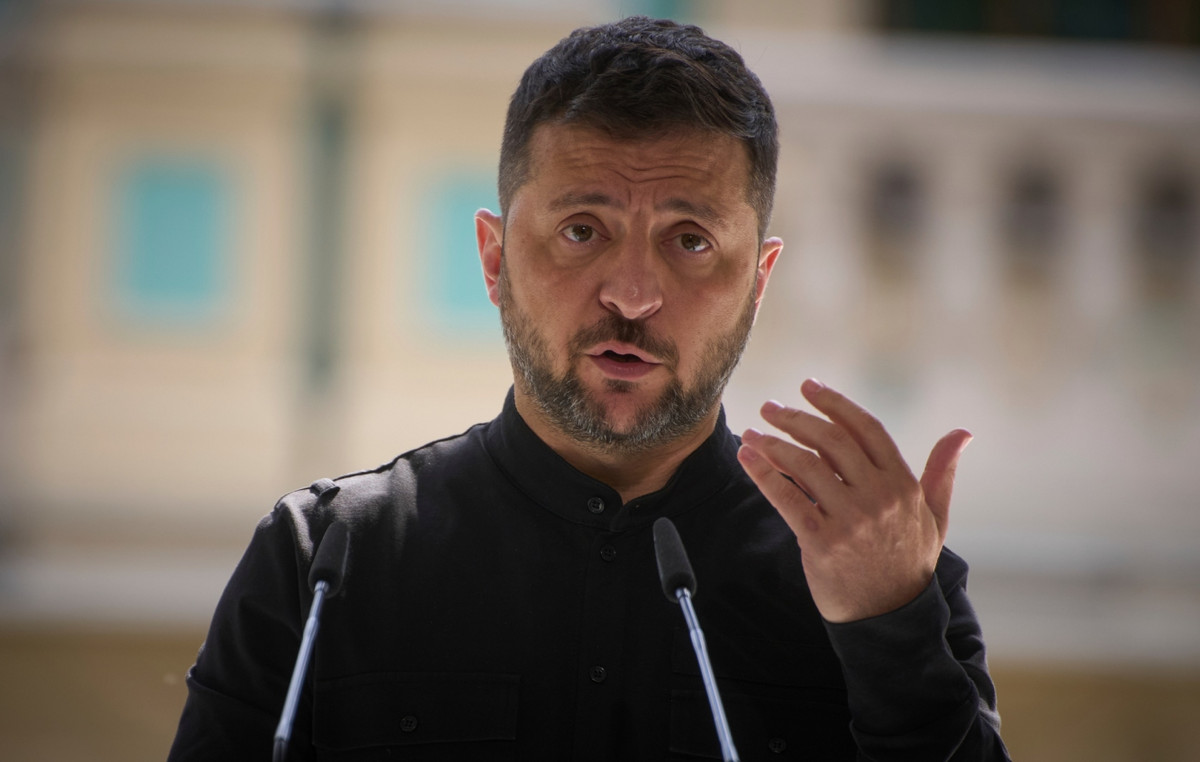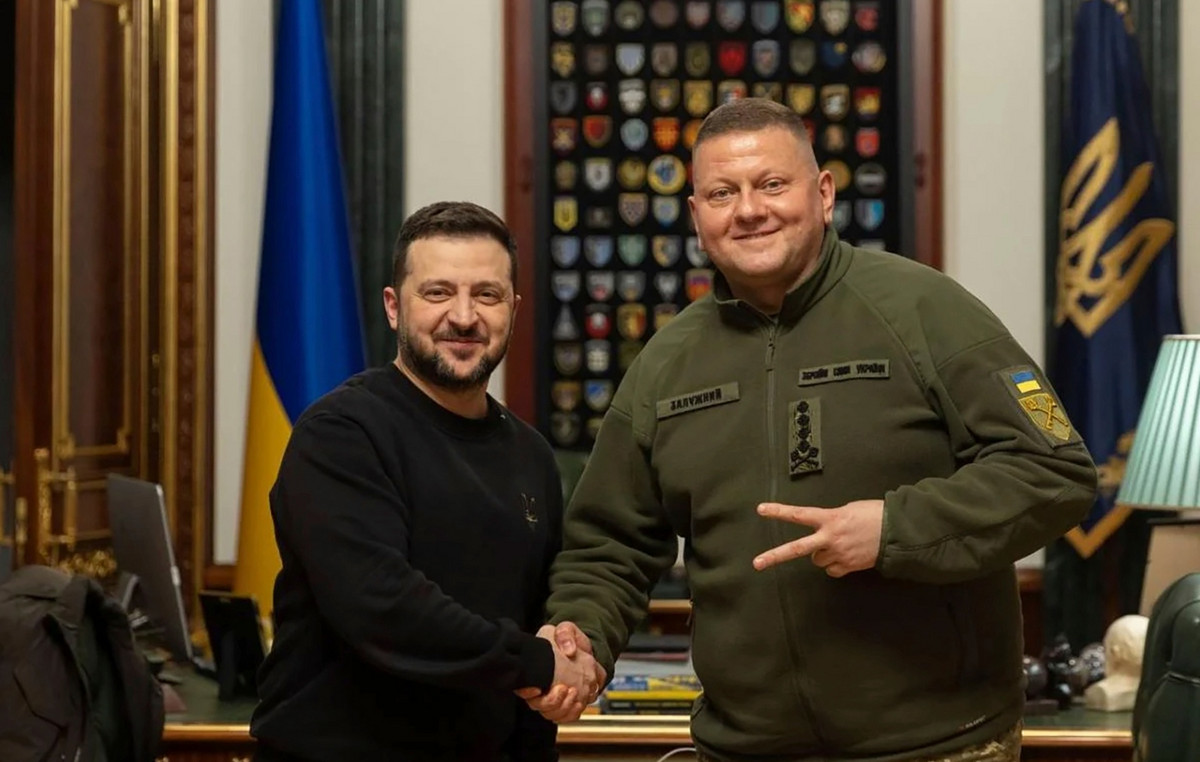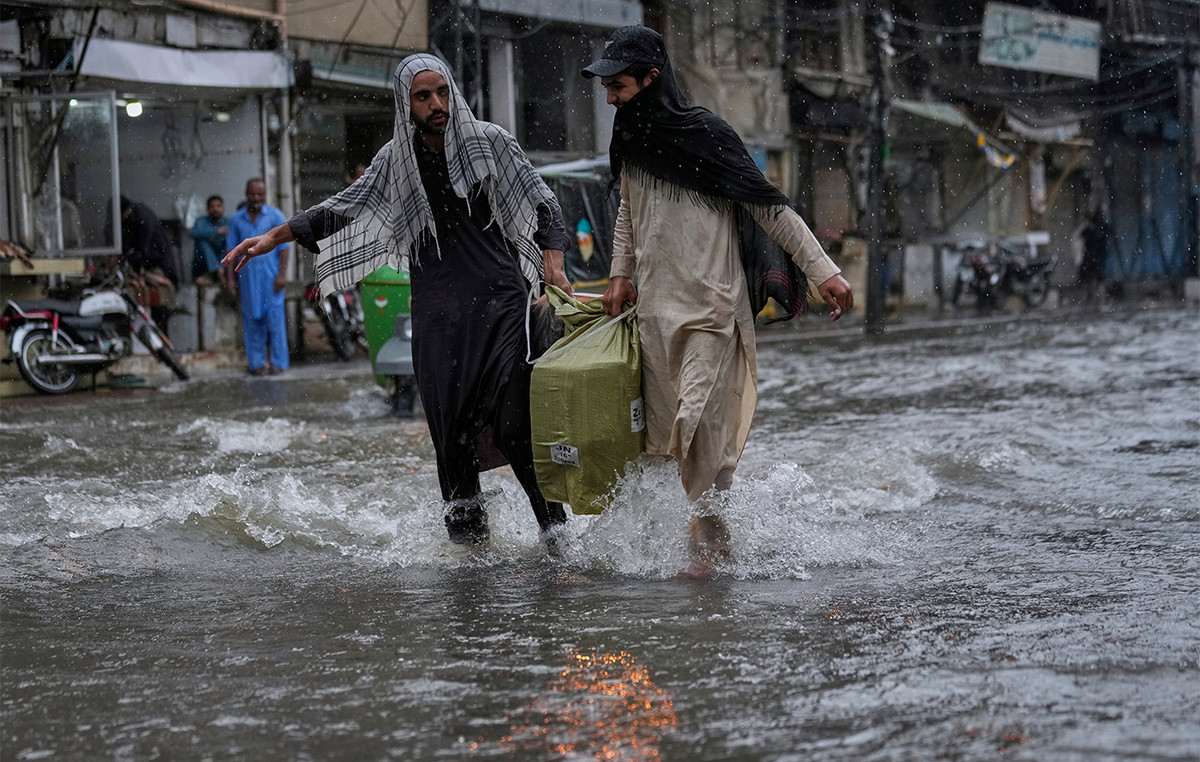A new analysis of dozens of arrowheads is helping researchers put together a clearer picture of the warriors who faced each other on the oldest battlefield in Europe 3,250 years ago.
The bronze and flint arrowheads were recovered from the Tollense Valley in northeastern Germany. Researchers discovered the site in 1996 when an amateur archaeologist spotted a bone sticking out of the bank of the Tollense River.
Since then, excavations have unearthed 300 metal finds and 12,500 bones belonging to around 150 individuals who fell in combat at the site around 1250 BC. The weapons recovered included swords, wooden clubs and a set of arrowheads – some still found embedded in the bones of the dead.
No direct evidence of a previous battle of this scale has been discovered, making the Tollense Valley considered the site of the oldest confrontation in Europe, according to researchers who have studied the area since 2007.
Analysis of the bones has revealed some insights into the men—all young, strong, and fit warriors, some with healed wounds from previous encounters. But details about who took part in the fierce combat and why they fought in such a bloody battle have long eluded researchers.
There are no written accounts describing the clash, so as teams of archaeologists unearth more finds in the valley, they have been using the well-preserved remains and weapons to try to piece together the story behind the ancient battlefield.
Now, a team of researchers studying arrowheads used in the battle has uncovered evidence that it involved local groups as well as an army from the south. The findings, published Sunday in the Antiquity Magazinesuggest that the clash was the first example of inter-regional conflict in Europe — and raise questions about the state of organized, armed violence thousands of years ago.
“The arrowheads are a kind of ‘smoking gun,’” said study lead author Leif Inselmann, a researcher at the Berlin School of Ancient Studies at the Free University of Berlin, in a statement. “Just as the murder weapon is a mystery, they give us a clue about the culprit, the fighters of the Tollense Valley battle and where they came from.”
Evidence of invasion
Previous discoveries of foreign artifacts, such as a Bohemian bronze axe and a sword from southeastern Central Europe, and analyses of the remains suggested that outsiders fought in the battle of the Tollense Valley. But the researchers of the new study were curious to see what clues the arrowheads would reveal.
When Inselmann and his colleagues analyzed the objects, they realized that none were identical—not exactly surprising before the days of mass production. However, the archaeologists were able to identify important differences in shapes and features that indicated that some of the arrowheads were not made in Mecklenburg-Western Pomerania, a state in northeastern Germany where the Tollense Valley is located.
Inselmann gathered literature, data and examples of more than 4,700 Bronze Age arrowheads from Central Europe and mapped their origin to compare them with the arrowheads found in the Tollense Valley.
Many matched the style of tools from other sites in Mecklenburg-Western Pomerania, suggesting they were made locally and used by men who called the region home, according to the study.

However, other arrowheads with straight or diamond-shaped bases, as well as lateral spicules and barbs, corresponded to those from a region to the south, which today includes modern Bavaria and Moravia, Inselmann said.
“This suggests that at least part of the fighters or even a complete faction involved in the Tollense Valley battle came from a very distant region,” Inselmann wrote in an email.
The researcher and his colleagues consider it unlikely that the arrowheads were imported from another region for use by local fighters. Otherwise, they would expect to find evidence of such objects in ceremonial burials in the region, a common practice during the Bronze Age.

The spark of war
A causeway crossing the Tollense River, built about 500 years before the battle, is believed to be the starting point of the conflict, according to study co-author Thomas Terberger.
The professor in the department of prehistoric and historical archaeology at the University of Göttingen in Germany has been studying the site — a 3-kilometer stretch of the river — since 2007.
“The causeway was likely part of an important trade route,” he said. “Control of this strategic point may have been an important reason for the conflict.”
However, the fact that researchers found no clear evidence of sources of wealth in the area, such as metal mines or salt extraction sites, makes the trade route theory less likely, said Barry Molloy, an associate professor in the school of archaeology at University College Dublin. Molloy was not involved in the study.
“The causes of the war were many, but in my opinion it is likely that it involved one group trying to assert political control over another — something long-standing — to extract wealth systematically over time, rather than simply as plunder,” Molloy said in an email.
The exact scale and cause of the battle remain unknown, but the remains and weapons found so far suggest more than 2,000 people were involved, the study said. Researchers believe more human bones are preserved in the valley, which could represent hundreds of victims.
The 13th century BC was a time of increased trade and cultural exchange, but the discovery of bronze arrowheads throughout Germany suggests that it was also a period of armed conflict.
“This new information has significantly changed the image of the Bronze Age, which was not as peaceful as previously believed,” Terberger said. “The 13th century BC saw changes in burial rites, symbols and material culture. I see this conflict as a sign that this major process of transformation of Bronze Age society was accompanied by violent conflicts. Tollense is probably just the tip of the iceberg.”
The new study also points to the location of arrow wounds on remains found at the battle site, suggesting that shields could have protected warriors from the front while their backs were exposed.
The research highlights the importance of bowed artillery on the battlefield, which has often been underestimated in previous studies of Bronze Age warfare, Molloy said.
“This is a truly compelling study, which uses routine archaeological methods to great effect to provide insights into the nature of this important prehistoric battlefield, the actions at the scene of the conflict and the participants involved,” he said.
“The authors make a strong case that there were at least two competing forces and that they belonged to distinct societies, with one group having travelled hundreds of kilometres. This is a crucial insight into the logistics behind the armies involved in Tollense.”

The scale of the conflict
The sheer scale of the battle is leading researchers to rethink what social structure and warfare were like during the Bronze Age.
“Were Bronze Age warriors organized as a tribal coalition, a retinue or mercenaries of a charismatic leader—a sort of ‘warlord’—or even the army of a budding kingdom?” Inselmann asked.
For a long time, researchers have argued that Bronze Age violence was a small-scale phenomenon involving dozens of individuals from local communities. However, the Battle of Tollense completely debunks that theory, Molloy said.
“We have many sites where we find evidence of massacres and even extermination of entire communities,” Molloy said, “but this is the first time that the demographics of the dead allow us to argue with reasonable certainty that these were warriors, and not, for example, entire families migrating.”
Bronze Age societies built fortified settlements and forged weapons, but Tollense shows that both were more than simple displays of power, he added.
“Tollense shows us that these structures were also created for very real military purposes, including large-scale battles, with armies on the march, advancing into hostile lands and waging war,” Molloy said.
Easter Island: DNA study debunks theory of intentional collapse
This content was originally published in Researchers find arrowheads on an ancient battlefield on the CNN Brasil website.
Source: CNN Brasil
Charles Grill is a tech-savvy writer with over 3 years of experience in the field. He writes on a variety of technology-related topics and has a strong focus on the latest advancements in the industry. He is connected with several online news websites and is currently contributing to a technology-focused platform.







